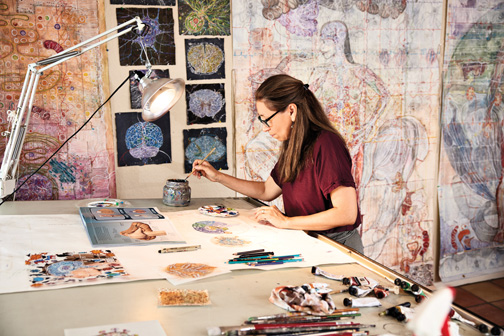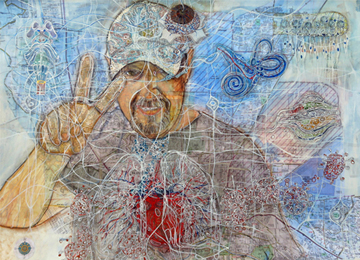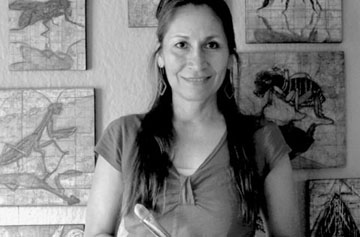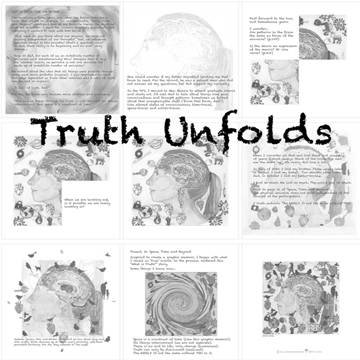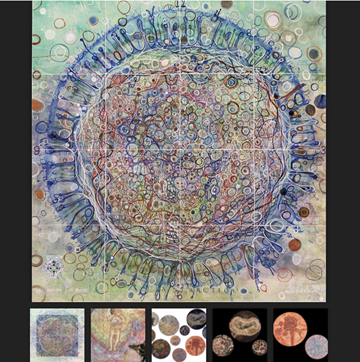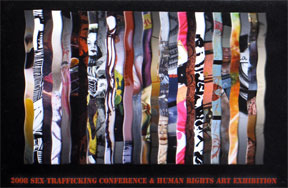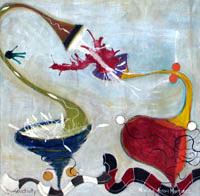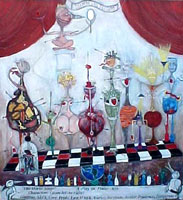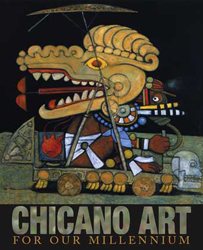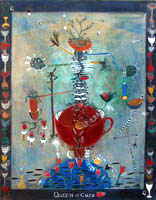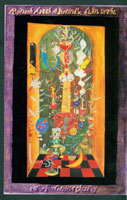
All Things Tucson
Discover the Mind=Blowing Art That Unveils the Human Body's Hidden Connections!
April 21, 2023

Desire Lines
Monica Aissa Martinez : Nothing In Stasis
By Heather King
January 27, 2023
Luxe Interior + Design
This Phoenix Artist Looks Inside - Literally-
To Capture Her Subjects
By Deborah Bishop
January 4, 2023
Southwest Contemporary
Work in Progress with Monica Aissa Martinez
By Lynn Trimble
October 24, 2022
JAVA MAGAZINE
MONICA AISSA MARTINEZ AT MCA MUSUEM
Lara Plecas
June 26, 2022
NPR/KJZZ
SOAPBOX
ABOUT• ESSAYS• ILLUSTRATED SOAPBOX• SOAPBOX 101
SPRING 2022: LOST
NPR/KJZZ
TheShow
Visual Artist Monica Aissa Martinez:Made In Arizona
Lauren Gilger
Feruary 7, 2022
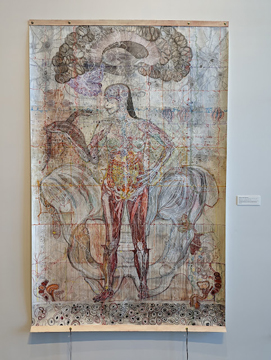
PRAETERITA
Monica Aissa Martinez: Nothing in Stasis
Philip Hartigan
September 14, 2022
NPR/KJZZ
TheShow
Visual Artist Monica Aissa Martinez:Made In Arizona
Steve Goldstein
July 1, 2021
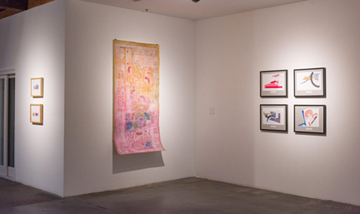
JAVA MAGAZINE
IN, ON AND OF PAPER AT BENTLEY
Boundaries at Bentley Gallery
Mikey Foster Estes
February 2, 2019
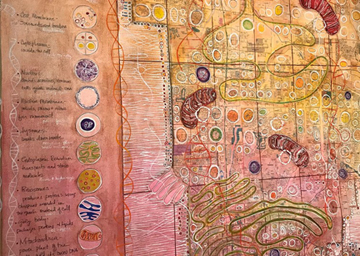
Phoenix New Times
Running with Scissors: Artists Push Paper's
Boundaries at Bentley Gallery
Lynn Trimble
January 22, 2019
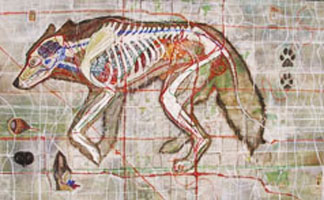
Phoenix New Times
25 Women Artists You Need to Know in Metro Phoenix
Lynn Trimble
July 5, 2018
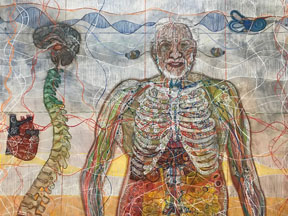
Phoenix New Times
Best 2018 Art Shows in Metro Phoenix - So Far
Lynn Trimble
July 4, 2018
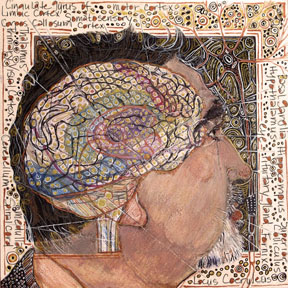
Phoenix New Times
10 Nerdy Things to Do This July in Metro Phoenix
Lauren Cusimano
June, 26, 2018

Images Arizona
Nothing in Stasis
James Burns
Feb 2, 2018
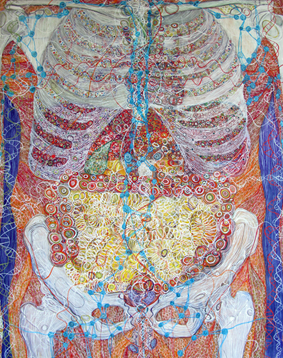
Art Review:
"State of the Art" Sampler at Telfair, Savannah
Jed Butler
April 2, 2016
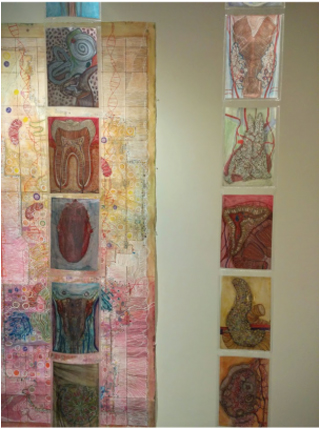
The Arts Beacon
Cella at phICA Shipping Containers
Tara Gonzalez
March 25, 2016

Connect Savannah, Art Beat of Savannah
State of the Art: Telfair brings the artists to you
Kayla Goggin
February 17,2016
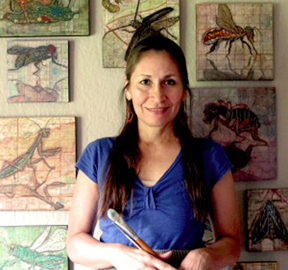
North Valley Magazine
Monica Aissa Martinez: Body Awareness in a New Light
Nicole Royse
August 26,2015
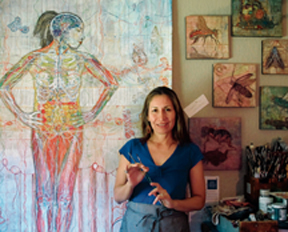
El Paso Times
Former El Pasoan's work selected for prestigious exhibition
Ramón Rentería
Sept 6, 2014
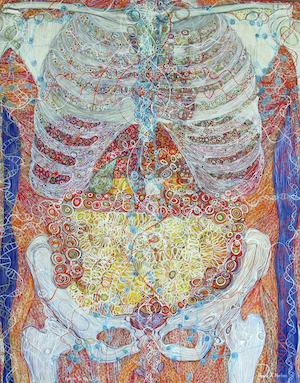
Phoenix New Times
4 Phoenix Artists Selected for "State of the Art" at
Crystal Bridges Museum of American Art
Katrina Montogomery
Aug 26, 2014

The New York Times
Seeking U.S. Art All Over Map. Just Check GPS
Randy Kennedy
Feb 8, 2014

State Of The Art: Monica Aissa Martinez
Crystal Bridges Museum of American Art
You Tube
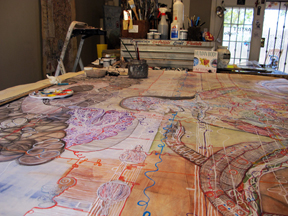
Huffpost Arts & Culture
Notes From the Road : Phoenix
Don Bacigalupi
Feb 2014
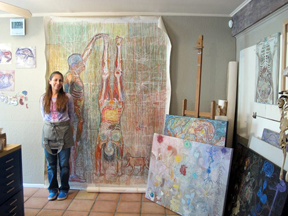
Phoenix New Times
Monica Aissa Martinez and 7 Other Arizona Artists Considered for "State of the Art" at Crystal Bridges Museum of American Art
Becky Bartikowski
Feb. 2014
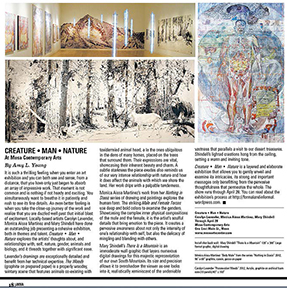
Java Art Magazine No 210
A Review
Feb 2013
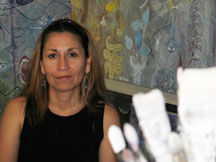

Superstition Review, The Online Literary Magazine at Arizona State University
An Interview
4/08/2012


Superstition Review, The Online LIterary Magazine at Arizona State University
Issue 9, Spring 2012
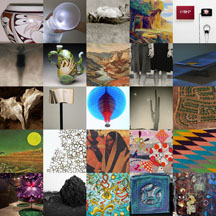
Arizona Illustrated: 100 Artists in !00 Years
2/13/2012
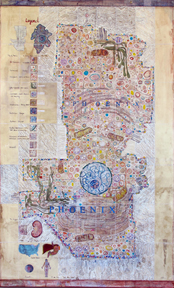

What Goes On and What Takes Place, The Blog
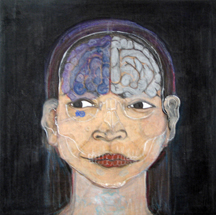

Phoenix New Times 100 Creatives
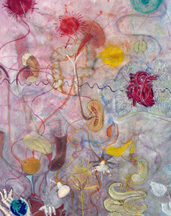
A Constant Vital Commotion

Artist Statement
Sounds of Cultura
Special for the Republic
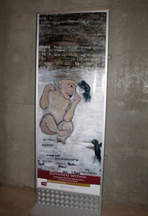
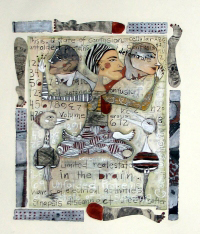
Latino Perspective Magazine
Mind matters
Artist combines intellect, image in her works of art
Ruben Hernandez for Latno Perspective Magazine

Another Mental Concoction
3rd Annual Human Rights Art Exhibition, South Texas College
Relationships:
the ebb and flow
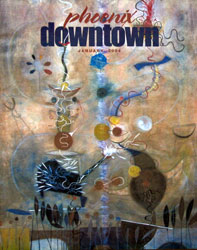
New Mexico State Univeristy, Art Five
Roberta Burnett, Special for the AZ Republic, 2005
One show is the riotously antic, articulate show of paintings by Monica Aissa Martinez. This colorful, well-designed art seems to cavort through paper and canvas, with two humanoid abstractions (of assorted and combined cocktail glasses, beakers, squiggly lines) showing the convolutions of humans' pairing-game. While whimsical, Martinez's show is beautifully designed and painted, with a message built in - partnering may look hilarious, but it has serious, even threatening dimensions.
The World Stage,
a play in finite acts
David Sokolec, GlassTire, texas visual arts on line, 2004
Monica Aisa Martinez gives us her take on Virtue and Vice. Individual portrayals of various sins and virtues are bookended by the opening and closing acts of a theater set introducing her characters. First is The World Stage — a Play in Finite Acts, in which the characters, distorted cartoonish creatures, greet us from the footlights. Gluttony, for instance, is forever feeding herself and we see within her stomach slices of pizza, sandwiches, etc. Then each vice and virtue has its own portrait with thoughts on what might give rise to that vice or virtue, written on and around the canvas. Finally, there is The Final Curtain Call — The All That I Am. All of the characters again take their final bows: there is a woman balancing on a globe, someone levitating on a magic carpet, and a repeated figure throughout the piece who holds up books entitled justice, temperance and fortitude. The distorted characters makes one think of Hieronymus Bosch with dialogue and cartoons for our times, an interesting new exploration of a very old subject.
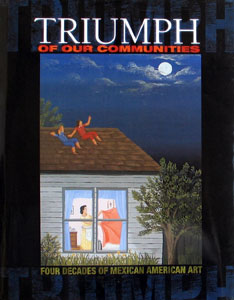
Triumph of our Communities
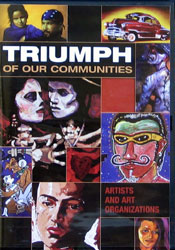
DVD
Chicano Art for Our Millenium
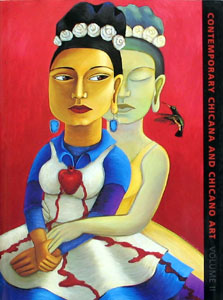

Contemporary Chicana and Chicano Art,
Volume l and ll
'99 Cups
Joshua Rose, Cups Runneth Over, Tribune, 1999
Martinez, who recently had her first solo show at the Scottsdale Museum of Contemporary Art, also is fascinated by the idea of the cup because she sees the human form as being a type of vessel. Her work in the show-My Cup Runneth Over and Source- are painted with egg tempera and casein, on paper, and deal with these same issues.
"I am always thinking about people as containers and how the anatomy works that way,"Martinez says. "And I'm also influenced by this idea of electricity and physics and how it relates to the energy found in human beings."
élan vital
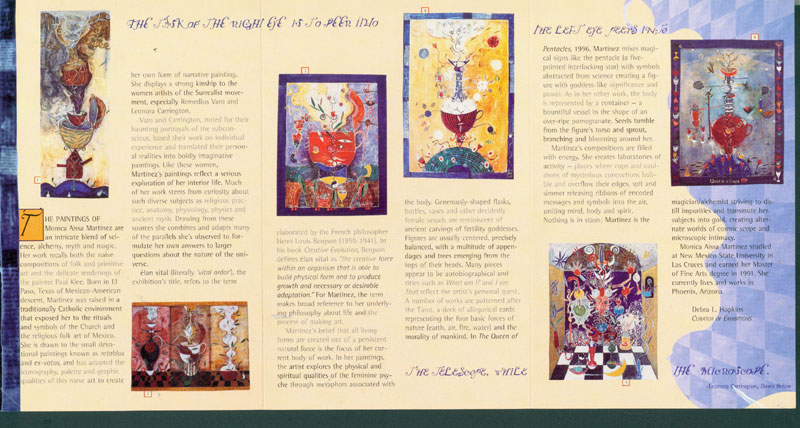
The Bride and Groom
Linda A. McAllister, Senior Curator, Here and Now: Arizona Contemporary Artists, Part 1 ASU, Nelson Fine Arts Center, 1996
The human body is also the primary subject of Monica Aissa Martinez' small painting. She portrays our bodies as fantastic little factories, maybe tiny sex breweries, in a series of works about brides and grooms. Her blend of dream and science harks back to the early work of Mark Rothko (Slow Swirl on the Edge of the Sea, 1944) or Arshile Gorky's surrealistic series of paintings about human desire and fate (The Betrothal, l and The Betrothal, ll, both from 1947). The humor and small scale of her art make it more about celebration and less about the pain we see in Rothko and Gorky. Martinez says the experience of her recent marriage prompted her to explore the topic of who and what we are in a male/female union. Fascinated by the look of scientific detail in botanical and biological drawings, Martinez treats the figure to a revamping that includes ribbons and champagne glasses. The bodies take on the form of laboratory glasswork. The details in her work hold our attention long enough for us to realize the sly humor of lifting the lid off the marital sacrament to reveal the delightfully intricate plumbing that makes the whole process pump.
